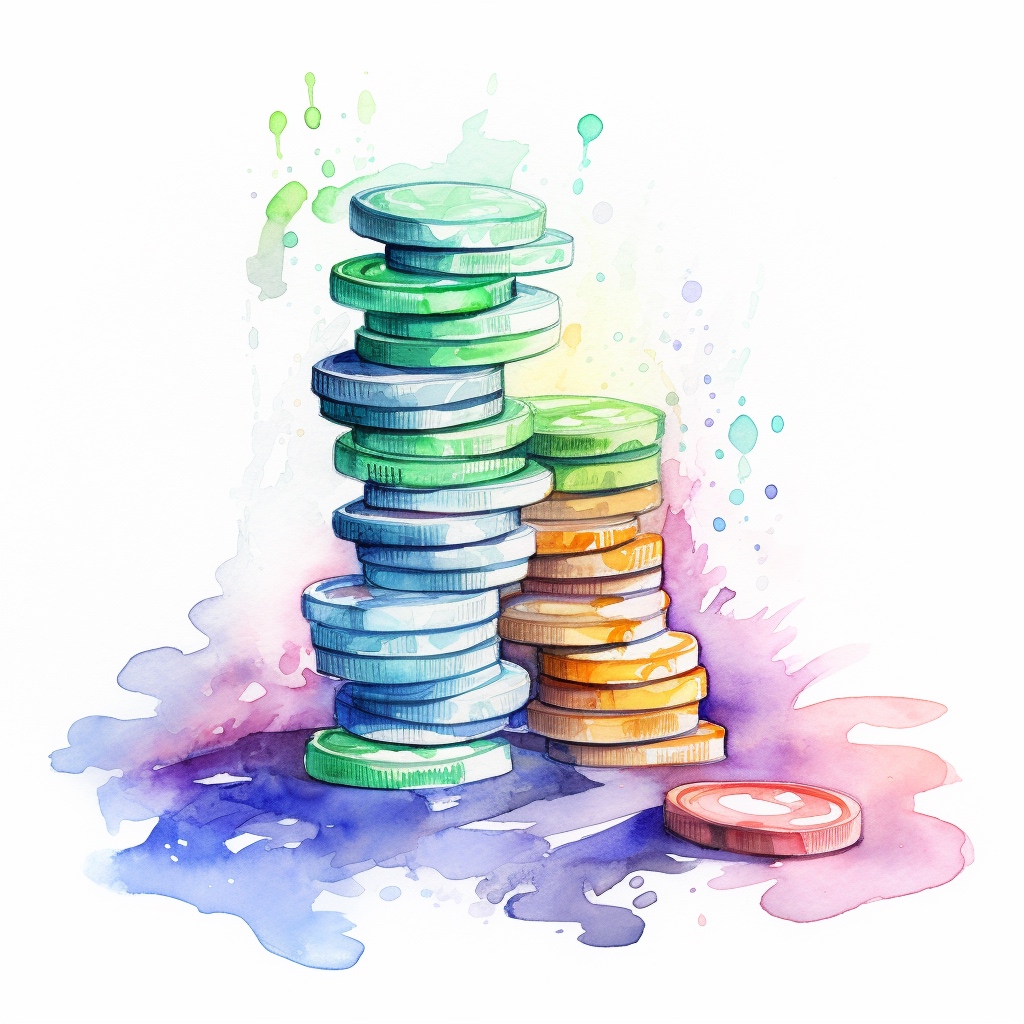 Could it be wise to invest in the Iranian currency, also known as the rial? Or might it be better to steer clear of the Iranian rial? Is there a potential for return, or would it be a more prudent decision to completely avoid the rial and look elsewhere for investment opportunities? Iran, a country rich in history and culture, faces challenging economic realities. The country struggles with extremely high inflation. The official figures are noteworthy as they show that inflation has doubled over recent years. Particularly worrying is that inflation in 2022 stood just above 50%. For comparison, the inflation in the Eurozone in 2022 was only 9.2% – a significant difference illustrating the complexity of the Iranian economic situation.
Could it be wise to invest in the Iranian currency, also known as the rial? Or might it be better to steer clear of the Iranian rial? Is there a potential for return, or would it be a more prudent decision to completely avoid the rial and look elsewhere for investment opportunities? Iran, a country rich in history and culture, faces challenging economic realities. The country struggles with extremely high inflation. The official figures are noteworthy as they show that inflation has doubled over recent years. Particularly worrying is that inflation in 2022 stood just above 50%. For comparison, the inflation in the Eurozone in 2022 was only 9.2% – a significant difference illustrating the complexity of the Iranian economic situation.
Interestingly, just like in Europe, in Iran, the perceived inflation is often higher than the official figures. Many among the Iranian population believe that the official statistics are manipulated. This high inflation, largely caused by international sanctions, primarily results in a significant increase in food prices.
Additional inflation factors
There are other factors contributing to the high inflation in Iran. In the past, the Iranian government had a policy of providing very high subsidies on food and fuel. As a result, Iranian citizens could buy food and fuel at prices significantly lower than global market prices. For instance, it was quite common for a liter of petrol to cost only 3 to 5 euro cents.
The Iranian government noted that these subsidies were unfairly benefiting city-dwellers and people with cars. Therefore, the government decided to gradually reduce these subsidies and replace them with a basic income for all Iranians. The resulting increase in energy prices has further exacerbated inflation.
Investment strategies
Given these factors, investments in the Iranian rial can quickly lose value. It might seem more lucrative to go short on the Iranian rial, but that is a process with its own challenges. This involves borrowing money from friends in Iran, exchanging it for euros (which you keep in a bank earning interest).
As you wait, the Iranian rial becomes less valuable due to high inflation. At some point, you can then exchange the euros back for the Iranian rial and repay your friends. The difference between what you originally had and what you now have is your profit.
Even now, it is important to remember that past returns do not guarantee future performance. There are risks associated with this strategy. It remains uncertain whether your Iranian friends would be willing to lend their money to you and at what interest rate. Banks in Iran offer high interest rates. Moreover, there is always the risk that the Iranian rial suddenly appreciates in value. In that case, you would run the risk of suffering a loss.
Disclaimer: this article is not intended as investment advice. Do your own research or consult your financial advisor.
